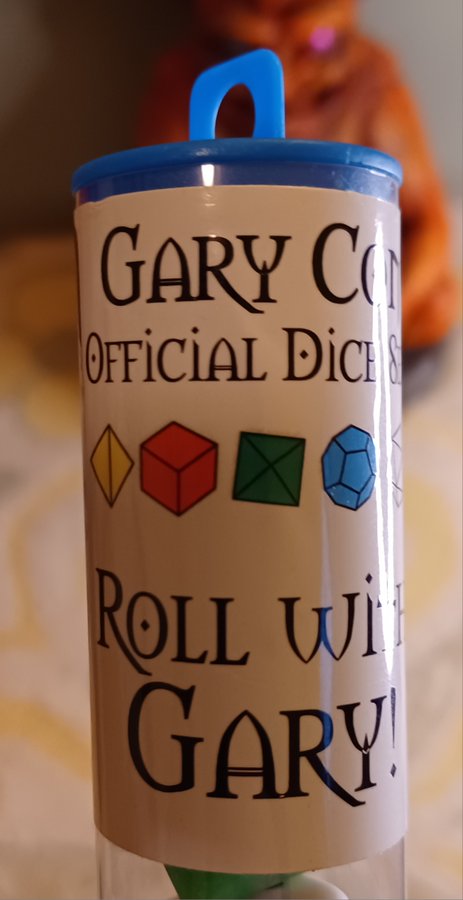 |
| An unholy symbol depicting a were-shark; illustration by Lore Suto |
A "new" monster for Holmes Basic, which is featured in Area #10 of The Forgotten Smugglers' Cave adventure.
The were-shark is one of the few monsters that was introduced into D&D by J. Eric Holmes, and certainly his most iconic monster contribution. He mentioned them in the entry for Lycanthropes in the Holmes Basic rulebook, and they featured prominently in his novel The Maze of Peril, in scenes based on actual game sessions from his early years running D&D for his sons.
Holmes never provided us with a formal write-up of this beast, so here finally is a version for use with Holmes Basic & OD&D. Note that I've used the hyphenated spelling ("were-shark") in line with the way it appears in the Holmes Basic rulebook and The Maze of Peril.
Were-shark
Move: 60 feet/turn walking, 150 feet/turn swimming
Hit Dice: 4
Armor Class: 5
Treasure Type: C
Alignment: neutral/chaotic evil
Attacks: 1 bite and 1 tail slap
Damage: 2d6/1d6
An old coastal legend tells of a primordial sea deity who, angered by the increasing intrusion of land-dwellers into its domain, sent forth a lycanthropic curse to punish these interlopers. It begins with a grievous shark bite that, if survived, leads to something even more horrible. At night, the victim will find themselves yearning to swim, an urge that will grow until the light of the full moon striking the sea draws them inexorably into the water to complete the cycle by transforming into an enormous shark, hunting for food and further victims. Perhaps most disturbingly, they can also assume an unnatural hybrid form having the body of a shark joined with muscular human arms and legs, rendering neither watercraft nor beach a safe haven from their depredations. The sight of this hybrid emerging from the water may paralyze even the stoutest of souls (make a saving throw against turn to stone or be unable to take any action; may try again each round).
While a strong-willed were-shark may regain some measure of control while the moon is waning, as time goes on they typically spend more and more nights in the sea, and trend chaotic and evil as their affinity for their deital creator strengthens. Their presence in the water will attract other sharks to the vicinity, and the smaller ones can be summoned when in need.
Sharks (1d6): MV 240 feet/turn swimming, HD 1d3, AC 6, AT 1 bite for 1d6.
Eventually a were-shark will abandon civilization for a lair on a deserted island or hidden sea cave, occasionally shared with others of their kin, where they will sleep in human form during the day among a hoard of items plundered from anglers and sailors. Some become guardians for other followers of the deity, although their tendency to attack allies as well as foes renders them somewhat unreliable.
In shark or hybrid form, their primary means of melee attack is a ferocious bite, but in hybrid form they can also slap a second opponent with their tail, which in addition to inflicting damage may stun the target (drop anything held on 1-2 in 6). As with other lycanthropes, a were-shark in animal or hybrid form is immune to normal weapons, but is subject to silver or magic. Sages caution that land-based plants such as wolvesbane may be ineffective against a were-shark. Whether there exists a seaweed or coral that can be substituted remains to be determined.
:strip_icc()/pic2948693.jpg) |
Chris' original illustration of the Wereshark from A&E #13, July 1976 |
See Also:
Chris Holmes' inscription in a copy of Tales of Peril:





:strip_icc()/pic2948693.jpg)

